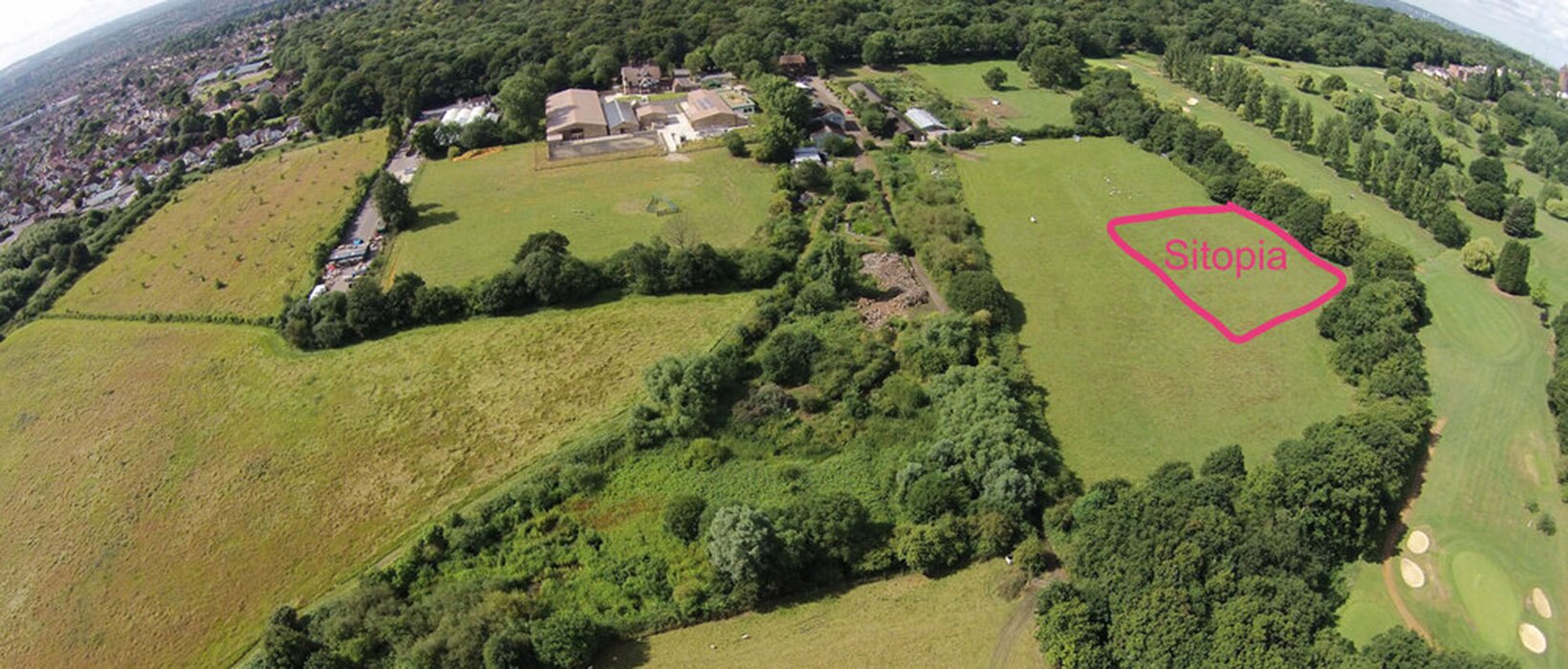Inside track: Chantelle Nicholson discovers a modern, urban farm in London
Chantelle Nicholson praises the work being done at Sitopia in London’s Greenwich.
The notion of an urban farm in London seemed somewhat of an oxymoron to me. While I have wandered past Hackney City Farm several times, I had never really given much thought to how it functioned within the confines of London.
A few years ago, I was recommended to read Carolyn Steel’s Hungry City: How Food Shapes Our Lives – a book about how food shapes a city in its journey through it and beyond. It was full of fascinating history, facts and ideas around how food actually gets on our plates. Steel’s second book, Sitopia: How Food Can Save the World, then also piqued my interest. In her words, “we live in a world shaped by food, a Sitopia (sitos – food; topos – place). Food, and how we search for and consume it, has defined our human journey.”
Earlier this year, I heard Sitopia mentioned, but not in the context of Steel’s book. I discovered it was the name of a newly formed urban farm near Greenwich. The main site is on two acres of land, loaned by the Woodlands Farm Trust.
Chloë Dunnett, a senior civil servant in a former life, has brought this amazing vision to life. I went to meet her at Sitopia, a social enterprise, a few weeks ago. Walking through an old farm building, past a sow with a mere 12 suckling piglets, I entered a vista of green, with two large polytunnels and a number of beautifully formed no-dig beds. Dunnett kindly took the time to show me around and chat through her vision: to create a thriving, biodiverse space capable of producing large volumes of fresh vegetables and flowers, as well as a community hub welcoming to all.
Dunnett thought Steel’s notion epitomised what she wanted the space to be, so she wrote to her to ask if they could use the Sitopia name. Steel obliged and became a member of the advisory board. So, a somewhat circular model in itself.

Dunnett wants the farm to be part of the wider food system – change that is urgently needed. In this case, it means growing food on a farm that actively engages the neighbouring community and uses regenerative farming methods to create a biodiverse and productive space.
Walking into the polytunnel, the heady aroma of tomatoes greeted me, with every shade of green (from lettuces, kale, and herbs, to name but a few plants) illuminated.
Sitopia will rely on Dunnett’s tenacity and hard work, with the support of as many volunteers as they can muster (they’re doing corporate volunteer days to support the farm too). They recently started a vegetable bag scheme for the locals, which has been met with much cheer. I was lucky enough to be farewelled with one, my overflowing bag of lettuce and kale taking a trip on the train back to City Thameslink – from farm to city, in a mere 40 minutes.
















